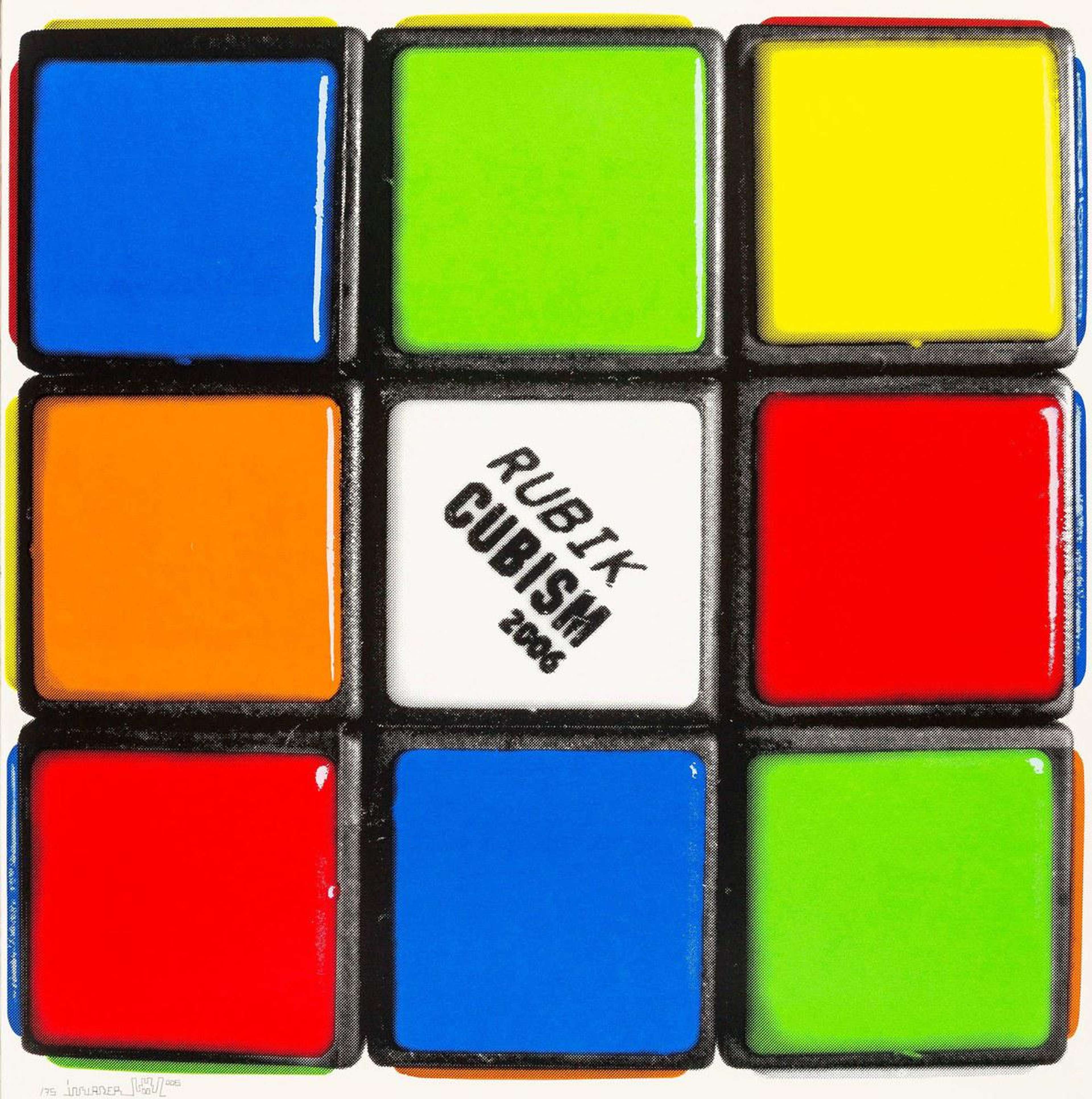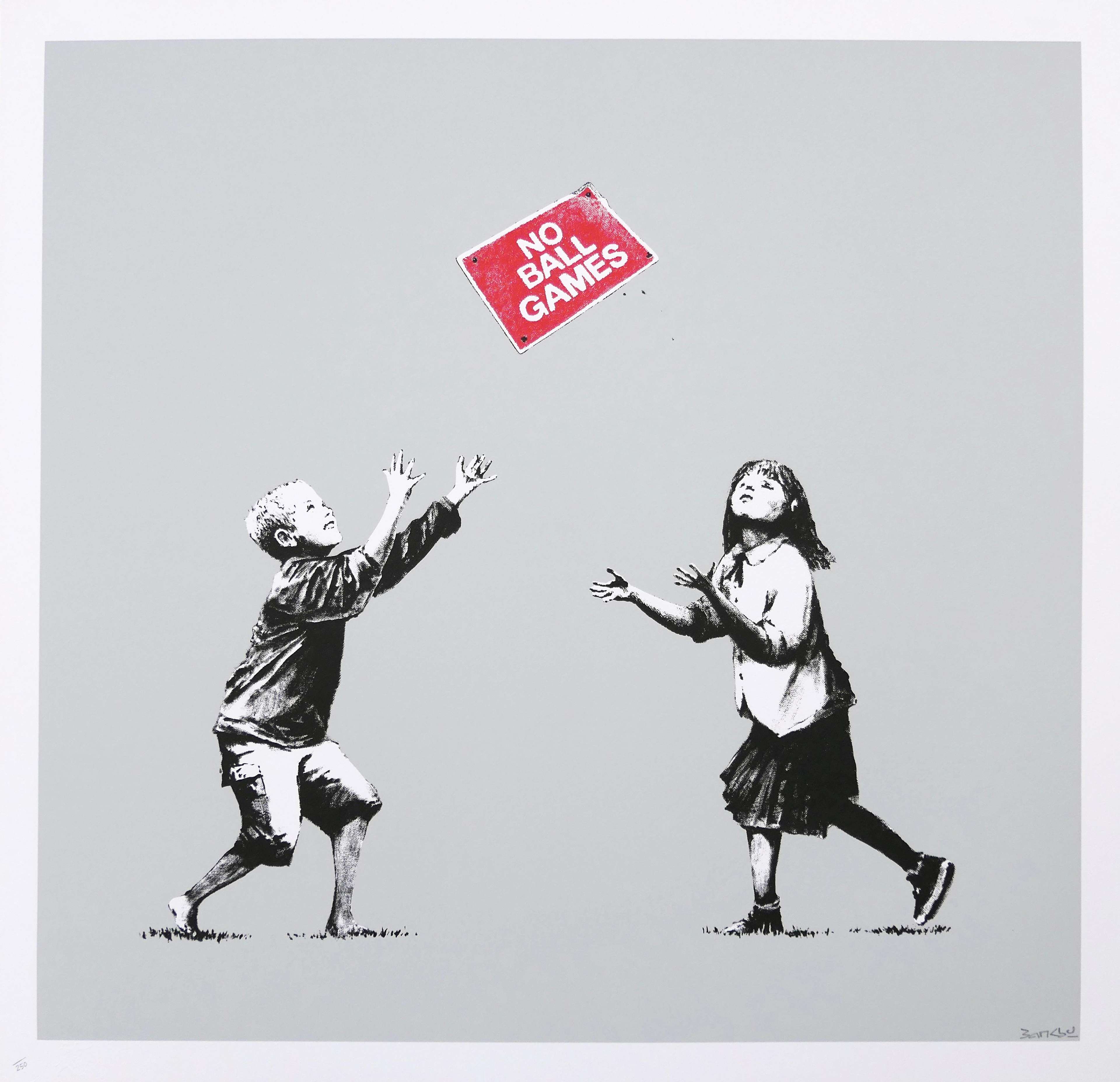The Gamification of Collecting

 Low Res Mona © Invader 2014
Low Res Mona © Invader 2014Market Reports
In recent years, the art and collectibles market has witnessed a revolutionary shift towards gamification, a trend that has significantly impacted how Gen Z engages with collecting. Gamification – the incorporation of game elements into non-game contexts – has transformed collecting from a passive hobby into an interactive and dynamic experience. The phenomenon of gamified collecting experiences have great appeal to Gen Z collectors, and has occurred simultaneously with the rise of digital art through NFTs and the cultural elements in sneaker and bag collecting communities.
The Rise of Gamified Collecting Experiences
The advent of gamified collecting experiences marks a significant evolution in how individuals engage with art and collectibles, especially for younger audiences. Gamified collecting refers to the integration of elements such as competition, rewards and challenges into the collecting experience. It often particularly resonates with Gen Z collectors, by providing interactive experiences that appeal to their digital sensibilities and penchant for instant gratification and social connection. Thanks to digital platforms, NFTs and social media, collectors can now enjoy a more accessible experience that goes beyond traditional ownership to include community participation, competition, and personalised journeys. This has revitalised interest in collecting, and opened up new avenues for creativity, social interaction and investment.
Gamifying Collecting: Strategies for Engaging Gen Z
One of the key strategies that effectively tap into Gen Z’s preferences is to leverage social media platforms to enhance engagement and build a sense of community. Social media platforms are instrumental in enhancing engagement and building community among younger collectors. Through platforms like Instagram or TikTok, collectors can share their acquisitions, participate in challenges, and connect with like-minded individuals. Social media also allows brands to host live events, Q&A sessions and behind-the-scenes looks, making collectors feel more connected to the brand and each other. That following can also be leveraged through a rewards and incentives programme, which can motivate continued engagement and loyalty. Exclusive access to new releases, points redeemable for unique items or experiences, and achievement badges are effective ways to reward collectors for their participation and milestones.
Competition is another element of gamification that increases interest, not dissimilarly to traditional auctions. By creating a system where collectors earn points or rankings based on their collecting activities, brands can foster a healthy sense of competition. Challenges such as completing a collection within a certain timeframe or securing rare items can further incentivise engagement, making collecting an exciting passion project.
 Image © Christie's / Everydays: The First 5000 Days © Beeple 2001
Image © Christie's / Everydays: The First 5000 Days © Beeple 2001NFTs and Beyond: Gamification in the Digital Art World
The most obvious place to begin when examining gamification is through the digital art world, always the most dynamic in the industry. NFTs were amongst the first to introduce gamified elements to the art collecting experience: these unique digital assets, which can be bought, sold and traded on blockchain platforms represent a new frontier in how we perceive and interact with art in the digital age. NFTs provide collectors with verifiable ownership rights and exclusive access to digital artworks, thus creating scarcity and adding value in a realm where replication is typically limitless. This scarcity mimics the traditional art market's dynamics but in a digital context, encouraging a culture of collecting that blends investment with the thrill of competition and achievement. Moreover, the gamification aspect comes into play through exclusive drops, digital showcases and collector leaderboards, fostering a community-driven environment where collectors are motivated not just by the art itself but by the status and exclusivity offered through these tokens. In NFTs and beyond, the digital art landscape is becoming an increasingly interactive and engaging domain, redefining the essence of collecting in the process.
 Image © Nike x Off White Air Force 1 2017
Image © Nike x Off White Air Force 1 2017Blending Play and Passion: The Evolving World of Collectibles
In the world of collectibles, play and passion converge to create an engaging experience for collectors. This is most evident in some of the largest collectibles industries – including sneakers, designer bags, and sports memorabilia – each presenting unique opportunities for enthusiasts to delve into their passions with likeminded people. Sneaker culture, for instance, thrives on limited editions and collaborations, turning each release into a coveted event. Designer bags have transcended their functional utility to become symbols of status and taste, with brands offering exclusive drops and personalised options, while exceptional vintage bags continue to shatter estimates. These industries have embraced gamification, adding layers of excitement and competition to collecting. Through apps, social media challenges and interactive platforms, collectors are now part of a global community, where the thrill of the chase amplifies the joy of the find.
Collectible-Mania and the Traditional Art World: The Van Gogh/Pokemon Scandal
In a notable example of how collectible-mania has infiltrated the traditional confines of the art world, the Van Gogh Museum recently terminated four employees following misconduct related to a highly successful Pokémon exhibition that showcased paintings of Pokémon characters in the style of Van Gogh. The exhibition's allure was magnified by the offer of a special, limited edition Pokémon card for completing a themed questionnaire, leading to immense queues and a burgeoning resale market. The museum ceased the card giveaway due to overwhelming demand, further inflating its value and desirability on secondary platforms such as eBay, where it has reportedly been selling for £100.
The staff implicated included security and front-of-house, who allegedly leaked ticket acquisition tips and embezzled an entire box of the exhibition-produced Pokémon cards. This incident underscores the growing intersection between cultural institutions and collectible markets, highlighting how exclusive releases can significantly heighten interest, creating a fervent demand that transcends traditional art appreciation and enters the realm of competitive collecting.
The Future of Gamification in Collecting
The future of gamification in collecting is poised for exponential growth, driven by technological advancements and evolving consumer behaviours. As Gen Z and subsequent generations seek more interactive experiences, gamification will become increasingly integral to collecting. Augmented reality (AR), virtual reality (VR), and blockchain technology will further blur the lines between physical and digital collectibles, offering immersive experiences that extend beyond mere ownership to include elements of play, competition and community building. These technologies will enable collectors to interact with their items in unprecedented ways, turning every aspect of collecting into a game-like journey. This evolution promises to make collecting more accessible, enjoyable for the younger generations, and meaningful, ensuring its popularity and relevance in the digital age.








